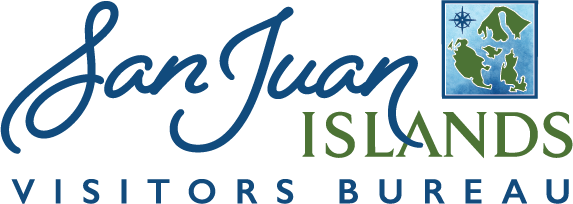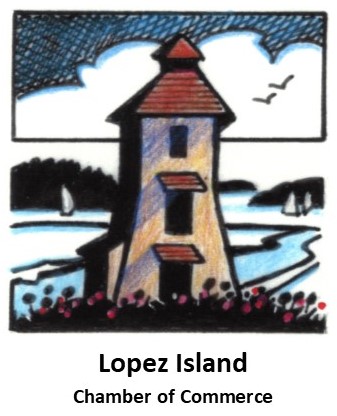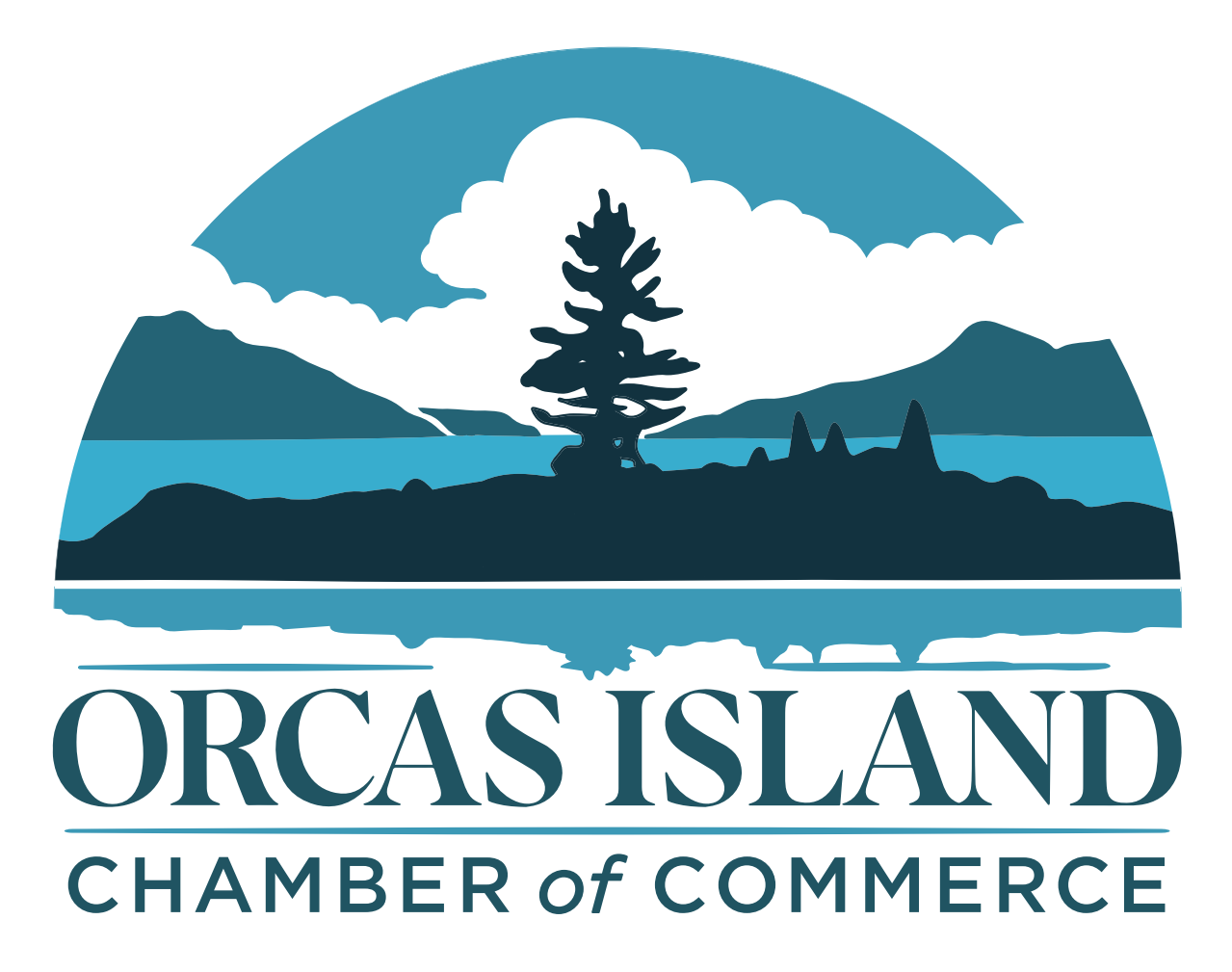A Visit To The Whale Museum
Orca skeletons, hydrophones & science experiments make a visit to this historic building feel like a Night at the Museum
WRITTEN BY:
SHANNON BORG
The funky Whale Museum in Friday Harbor has the same quirky, historic feel of old museums back East in, say, Nantucket or Cape Cod. A little bit science, a little bit theater, this fascinating collection of bones and hydrophones is fun for kids, but just as interesting for grown-ups. I lived here for a year before I ventured inside. Now, I go whenever I want to chill out and feel connected to the history of this place. Every time I walk through the doors of this historic Odd Fellows Hall there is something new to discover.
Behind the Scenes, Under the Sea
The Whale Museum has a new skin, and the whole town of Friday Harbor got to watch it happen. Painter Lindsay Carron spent just three days in the summer of 2016 painting "For the Orcas," a mural along the whole west side of the museum. Huge orca whales swim across the shiplap siding, through kelp forests, foraging for Chinook salmon. Now, the Whale Museum experience extends beyond—and onto—its walls.
When you walk through the doors, you'll receive a cool ticket that is an automatic keeper—an orca trading card. I've kept ones for "Mega (L-41)," a 40-year-old male orca, and "Cappucino," a 31-year-old male orca. I scanned the well-stocked gift shop, eyeing a few books and gifts I would stop and examine on my way out.
Entering the upstairs section of the museum feels like walking into an undersea garden, as you walk through the doors and up to the museum's second floor. The walls are painted with deep blues and greens, and painted orca whales swim all around you.
Small-town History, Tribal Traditions
Like many travelers, I love museums, especially small-town museums where you can learn as much about the place you are visiting, as about the stories in the museum. Friday Harbor is a quaint little fishing town established in the late 19th century, eventually becoming a gateway to the beauty of the San Juan Islands as a favorite destination.
It was fascinating to learn about how important whales are to the history of the islands. Orcas are considered the first people by local tribes, and are revered as ancestors. The San Juan Islands have been inhabited for thousands of years by local tribes that fished and foraged the rich waters, shorelines and forests of the islands for an amazing array of foods, from clams and oysters to seaweed and salal. But mostly, salmon. Salmon was the mainstay of the people here, and also the main foodstuff of the orca whales.
There's so much to see at The Whale Museum, but of course, one of the coolest parts is the collection of whale bones and skeletons. Look up through a large gray whale skeleton, and get up close to a long, delicate, feathery baleen plate. Stand in a vintage phone box where you can dial-a-whale to hear whale song caught on underwater hydrophones, from the low moans and squeaks of a humpback, to the haunting call of the gray whale, and the meows and chirps of orca whales.
I loved the old-timey feeling of the museum, with the bones, totem poles, old whaling artifacts, and cool videos on orca behavior. If you are going on a whale watching trip, visit the museum beforehand and you'll have a much better understanding of how endangered orca whales and other marine wildlife live and the challenges they face to survive.
Shannon Borg writes about wine, food and travel in Friday Harbor. Her book, The Green Vine: A Guide to West Coast Organic, Biodynamic and Sustainable Wines (Mountaineers) is now also an app, The Green Vine Wine Insider. She is also marketing coordinator for the San Juan Islands Visitors Bureau.



















